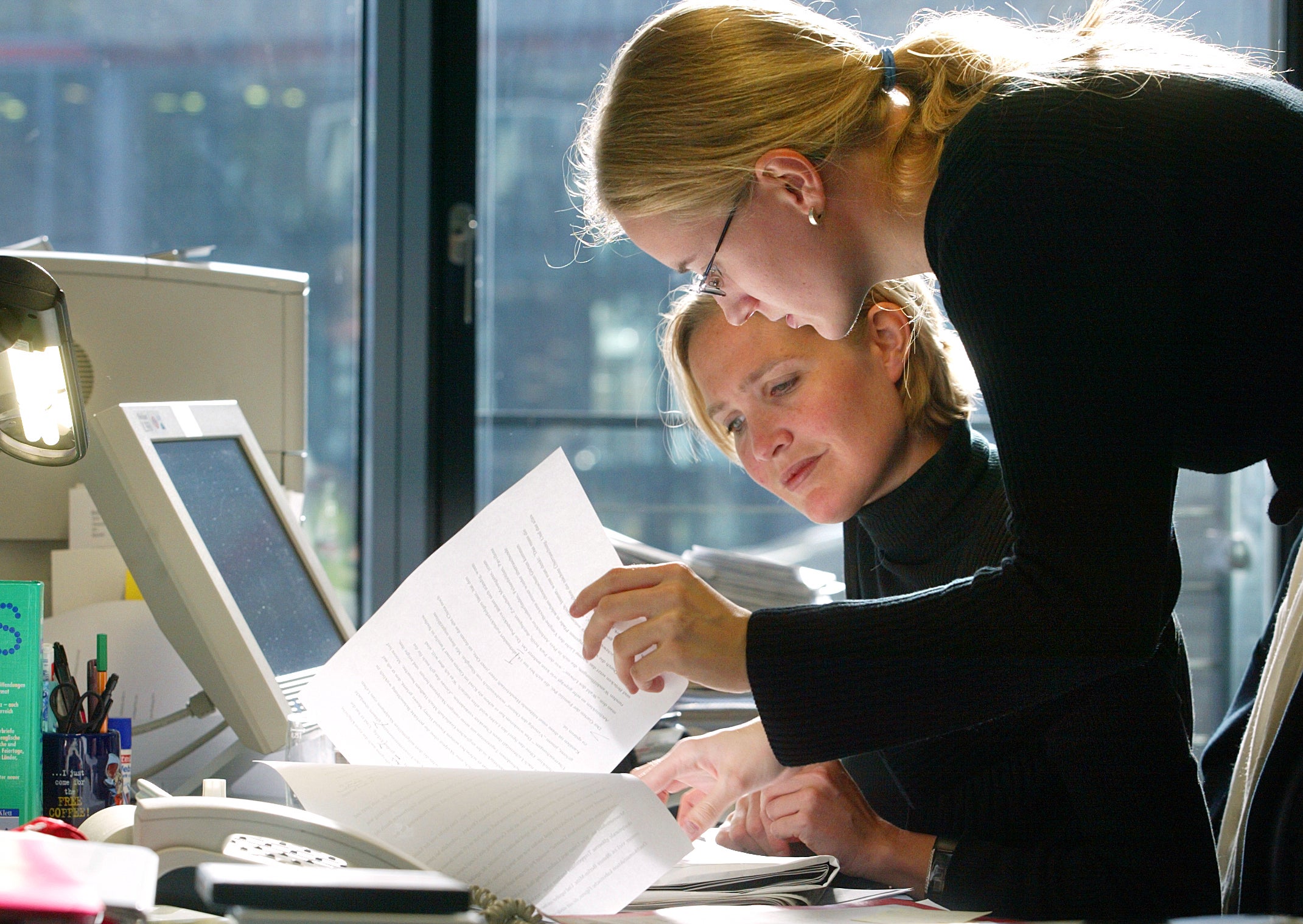Almost thirty per cent of women are paid below the living wage, according to figures released by the Office for National Statistics.
The government stats authority says 29 per cent of women workers earn less than the level calculated to provide a basic standard of living.
The figures compare to 18 per cent of men who are missing out on the rate of pay, currently set at £7.85 an hour over most of the UK and £9.15 in London, where living costs are higher.
The same figures show the proportion of all workers who are not being paid the living wage is actually increasing despite a stated Government commitment to “make work pay”.
The ONS said six million workers in Britain are paid under the hourly rate, which is calculated to cover the basic cost of living.
“In 2014, there were some 6 million employee jobs paid less than the living wage in the UK. Over half of these were part-time jobs,” the statisticians said.
“Between April 2008 and April 2010, the proportion of jobs paid less than the living wage in London was stable at around 13%, but it had risen to 19% by April 2014.
“For the rest of the UK, where only 3 years of estimates are available, the proportion of employee jobs paid less than the living wage rose from 21% in April 2012 to 23% in April 2014.”
The real number of workers is likely to be higher as the statistics authority excluded people under 18 and workers on the youth, training, and apprenticeship rates of the minimum wage.
The fall in the proportion of people being paid the living wage comes despite the Government's repeated claim that it wants to "make work pay".
Chancellor George Osborne announced in his budget that the minimum wage would be rebranded the "National Living Wage" and be increased substantially, though to a level below the real living wage.
From April 2016 the National Minimum Wage will increase to £7.20 an hour as a result.
An analysis by the Institute for Fiscal Studies however found that the minimum wage increase would come “nowhere near” to compensating in-work families for cuts to tax credits - covering only about a quarter of the income lost.
Women are also set to lose out twice as much from cuts to tax credits compared to mne, according to research released by Labour in July.
The tax credit cuts would take £9.6bn, around £7bn of which would come from women.
David Cameron last Sunday ruled out any changes to the tax credits cuts, telling the BBC that his plans were “right” and would leave people better off, despite the independent estimates.
Mr Cameron effectively ruled out cutting the benefit before the election, telling a voters Question time that he “rejected” proposals to cut tax credits and did not want to do so.
The tax credit cuts are part of £12bn cuts to the social security budget that the Government is to make – specifics of which it refused to announce before the election.
The minimum wage is expected to rise to £9 an hour by 2020 on current earnings projections. However, the living wage rate is likely to have risen higher by then, not least because of cuts to tax credit support.

Join our commenting forum
Join thought-provoking conversations, follow other Independent readers and see their replies
Comments